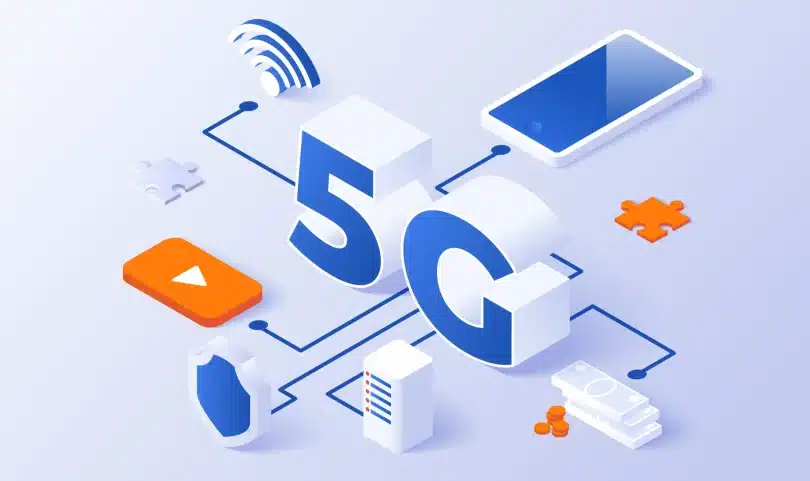That’s the first thing most people assume. 5G equals better download speeds. That’s what the ads said. Get your movie faster, stream your stuff smoother. But that’s not really it. Or at least not all of it. Turns out, there’s way more going on. Quiet stuff. Stuff people don’t notice unless they stop and actually think about how often things just work now.
Take games, for example. Especially mobile ones. They’ve started doing things that didn’t seem possible a few years back. No more endless updates, no weird connection drops in the middle of a match. Some games now run without even fully downloading. Everything gets streamed as you play. And if someone’s curious what that looks like, they can click here for a look at how games are using 5G in ways most players don’t even realize.
So What’s Actually Different?
5G isn’t just a speed boost. It’s a full change in how devices talk to each other. It handles more data, from more places, with less delay. Think phones, yes, but also wearables, cars, sensors, delivery drones. All those need to be online at once without crashing the system.
Here’s where 5G starts to stand out:
- Lower latency, so apps and games react instantly
- Support for more devices in tight spaces, like stadiums or cities
- Energy savings for smartwatches, trackers, and other low-power gear
- Fast responses for stuff that can’t afford delays, like healthcare tech or industrial tools
None of this screams wow at first. But it changes the rules behind the scenes.
People Don’t Always Notice, But They Adapt
Once people get used to speed and consistency, they start expecting it. Not just for video calls or music, but for everything. If something takes longer than usual to load, it feels broken. That expectation shift? That’s part of what 5G does.
In schools, kids in rural towns stream the same content as kids in cities. In logistics, trucks check in with maps and dispatch in real time. In hospitals, some equipment sends alerts before anything even seems wrong.
But 5G isn’t everywhere. Some areas still wait. That creates new lines — not just between connected and offline, but between fast and really fast.
Games Changed Without Asking
Gamers didn’t demand 5G. But once it arrived, everything around them started changing. Multiplayer got smoother. Cloud gaming showed up more often. The need for high-end hardware dropped. A phone with a good connection now works well enough to play things that used to require a console.
People don’t sit down for three-hour sessions like before. They play while commuting, waiting for food, or taking a break. Quick matches, smaller apps, instant sync. 5G makes it all more playable on the go.
And AR games? They always had promise. The idea of digital layers over the real world worked in theory, but always felt off. Laggy, weirdly misaligned. With 5G, they’re finally starting to catch up with what they promised.
Of Course There Are Problems
This isn’t a perfect rollout. A lot still needs fixing. For example:
- Coverage gaps in smaller towns or outside urban areas
- Devices that support 5G can be expensive
- Older systems behind the networks slow things down
- More connections mean more chances for privacy issues
Not everyone trusts what’s being collected either. It’s not always clear what the tradeoff is. People accept terms just to keep using their apps. The data moves quietly in the background.
Where It Might Go
There won’t be a single moment when 5G “arrives.” That already happened in bits and pieces. And it’s still happening. One neighborhood gets a new tower. One update makes an app run smoother. One day a student notices their video never freezes anymore.
5G isn’t something most people talk about every day. It’s the kind of tech that fades into the background. That’s how you know it’s working. The less you think about it, the more it’s doing.













